Is it possible to reconcile installing a wood stove in a airtight, super-insulated house?
I will be building a house in Atlin, BC (zone 3), and was hoping to have a wood stove as back up heat for my hydronic slab on grade in addition to the aethstetics and comfort it would provide.
However, the thought of punching a 2 sq ft uninsulated hole through the roof with a steel column running up through the centre is troubling. I am fairly confident the air barrier continuity can be maintained but when the stove is not in use it would represent a significant heat loss.






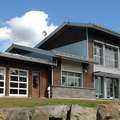















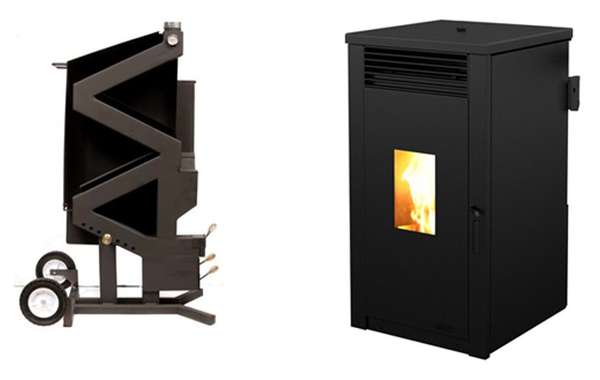
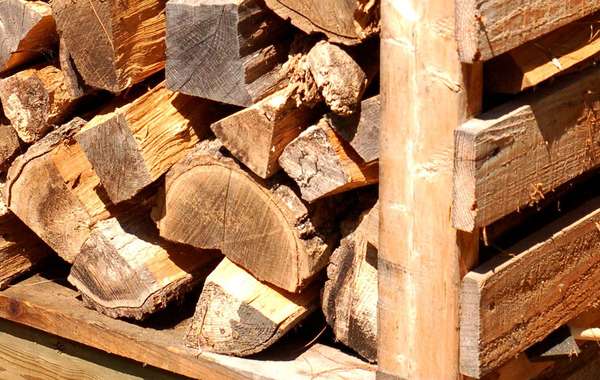
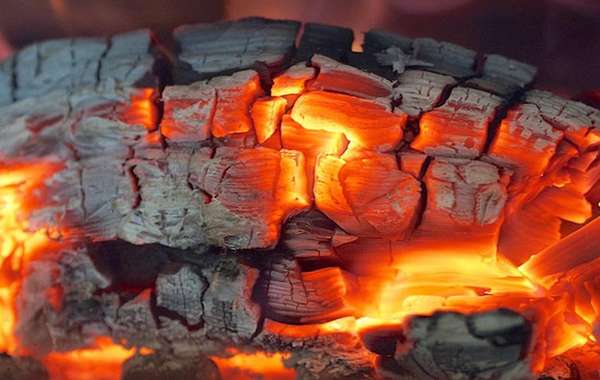

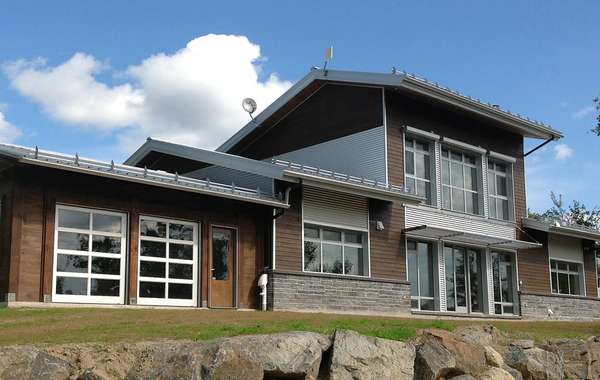
We talk a lot about airtightness, air barrier continuity and thermal bridging, but there will always need to be many openings from indoors to out, and if you seal them properly there would be no air leakage. And yes, you are correct that the chimney section that passes through the roof will constitute one of the weaker points in your envelope, but it will not amount to catastrophic heat loss or air-leakage as long as it’s well-installed.
The biggest concern with woodstoves in airtight homes is if they don’t have a direct air feed from the outdoors to the back of the woodstove. A lot of people omit that one crucial feature, and in doing so you will depressurize your home every time you start a fire. It will also be hard to light, and in combination with a bathroom fan or stove hood operating, it may fill your home with smoke. At the best of times, you will be feeding the fire with heated indoor air which will then activate every tiny leak in your building envelope drawing in cold air.
Our recommendations would be to buy a high-efficient stove (the smallest you can get if its super insulated as you since since that will help maintain a high burn temperature and least amount of emissions, read more about the combustion of wood here).
And to the main point of your question - if you’ve gone to the effort to make a super-insulated, airtight house and you are this concerned about thermal bridging, then I think you deserve to treat yourself guilt-free. A wood stove can provide emergency heating during a grid failure, and above all, if staring at a flickering flame is something that will make you happy, then do it. Below is a photo of a direct feed for reference sake.
Also choosing the right wood-burning stove or fireplace is essential for efficient & clean use (read more here), as is choosing the right type of firewood for maximum heat (read more here) - both pages from the EcoHome Green Building Guides section
Alternatively, if consistent and dependable heat is the primary deciding factor, consider choosing a high efficiency and electricity free wood pellet stove for off-grid use or during power outages, see here